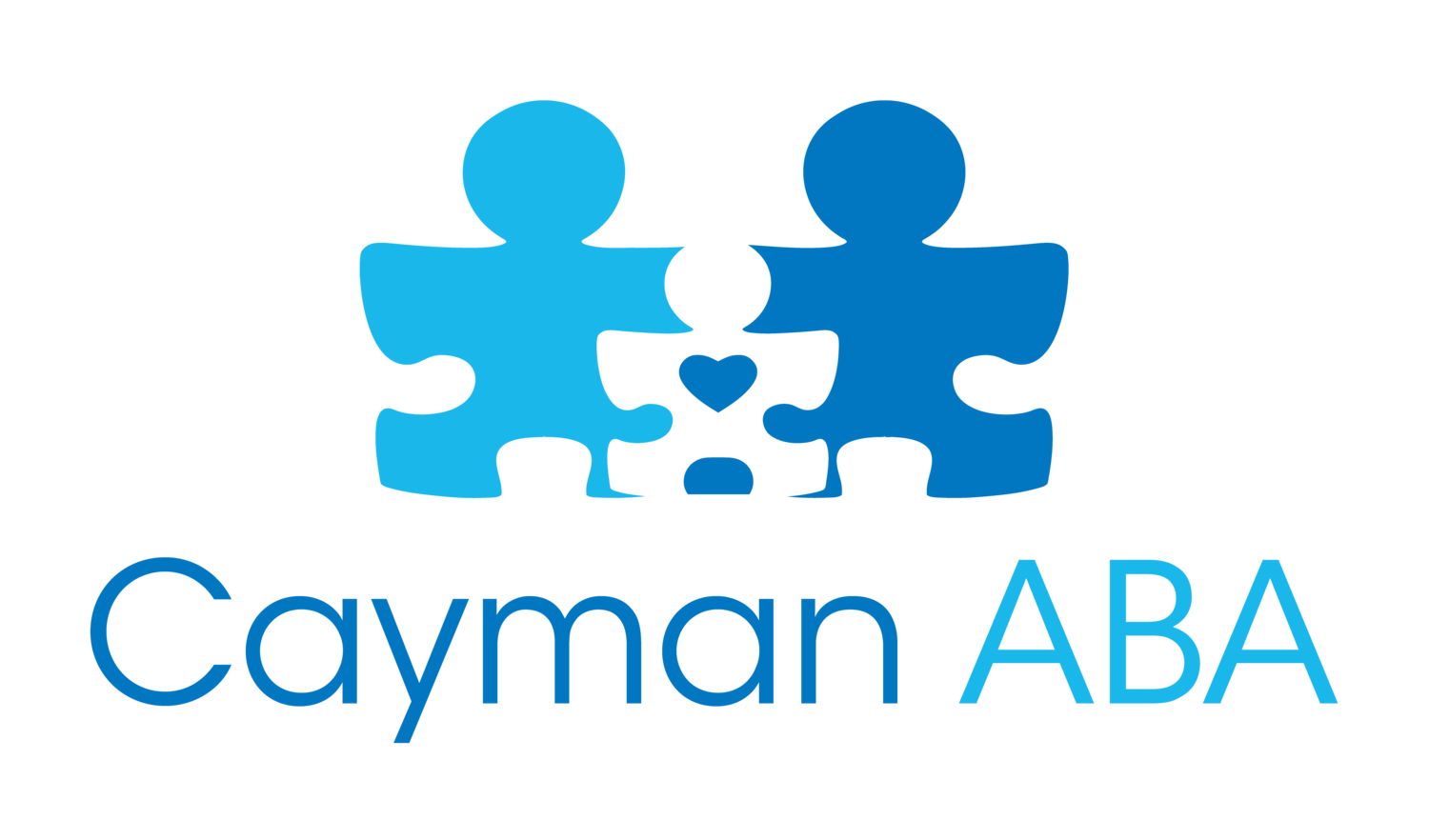Prompting Appropriately and Prompt Fading
How do I know when to prompt?
When teaching a new skill, keep in mind that many children may have difficulties completing the task or skill independently. This is where prompts come in, as we use them to assist the client and guide them to choosing the correct response, or complete the task successfully. If a stimulus is presented and there is either no response, or an incorrect response from the client, this is our signal to incorporate a prompt into the next trial. We may start out with a small prompt, and increase the level of intrusiveness if the learner is still giving incorrect responses. On the other hand, we may start out with the most intrusive prompt if we are teaching a brand new skill. Regardless, we always have to be cautious about how we use prompts and if we are using them appropriately. All in all, the goal is to eventually fade all prompts out, and the learner can choose the correct response independently.
Prompt Hierarchy
A prompt hierarchy helps us decide what prompt to begin with, and which prompts to use to either increase or decrease the level of assistance the learner may need. The prompt hierarchy begins with the prompt that is the most intrusive, or provides the most amount of assistance to complete a task or select the correct response. As the prompt hierarchy continues, the prompts become less and less intrusive, allowing the learner to have more independence. The prompt hierarchy can also start from the bottom, with the least intrusive prompt, and work its way up if the learner requires more assistance. The prompt hierarchy looks like so, starting with the most intrusive prompt:
Full Physical
Partial Physical
Proximity
Modeling
Gestural
Visual
Full Verbal
Partial Verbal
For more information about what each of these prompts look like, visit this blog.
Least to Most
The least-to-most prompt approach is used when the learner already shows similar skills to the new skill being introduced. These similar skills are called “component skills”, meaning they are the base or foundation skills needed to learn new things. Least-to-most prompting is usually preferred, unless component skills are not exhibited by the learner. As behaviour therapists, we want to use the least intrusive prompt first, as this will help promote independence. Once the stimulus or signal is delivered to the learner, the therapist will use a prompt towards the bottom of the prompt hierarchy, such as an eye gaze, and continue to use a more intrusive prompt if necessary. A more intrusive prompt, such as moving the correct response closer, will be used if the correct response was not selected on the previous trial. A least to most prompt technique may look something like this:
Eye gaze → hand gesture → move correct response closer → taking learners hand and placing it on the correct response
Most to Least
We use most-to-least prompting when a learner is just beginning to learn a new skill. This approach is used for a technique called “errorless learning”, which ensures there is no chance the learner will choose the incorrect response. In errorless learning, prompts are delivered very quickly and swiftly, typically less than 3 seconds after the stimulus is delivered. This allows the learner to choose the correct response, and the prompts can quickly be faded out. A most to least prompt technique may look something like this:
Hand over hand → move correct response closer → point to correct response → no prompt needed
Prompt fading: Avoiding Prompt Dependency
While prompts are a great way to encourage our clients, we want to ensure they do not start relying on the prompts to make a correct response. In other words, we do not want them to become prompt dependent, rather we want them to be making independent choices. Prompt fading can occur in two different ways; it can be data driven or client led. When prompts are data driven, we specifically plan out which prompt will be used at what time. We can plan to use gestural prompts today, and use visual prompts tomorrow. This gives us a clear timeline of which prompts were used and when they were used. On the other hand, prompt fading can also be client led. When prompt fading is client led, we gradually fade the prompts when the client has mastered the skill at the current prompt level. For example, if we are teaching a child how to brush their teeth using a hand over hand prompt, once they have mastered how to hold and maneuver their toothbrush, we can now fade the prompt to a less intrusive, say a gestural prompt of pointing to the toothbrush, and eventually no prompt at all. Prompt fading promotes independence in our learners, and once they have mastered the skill, there is no need for prompts at all!

